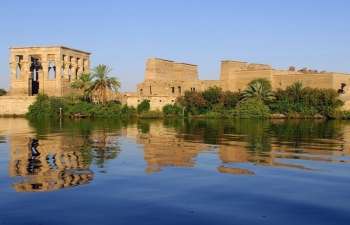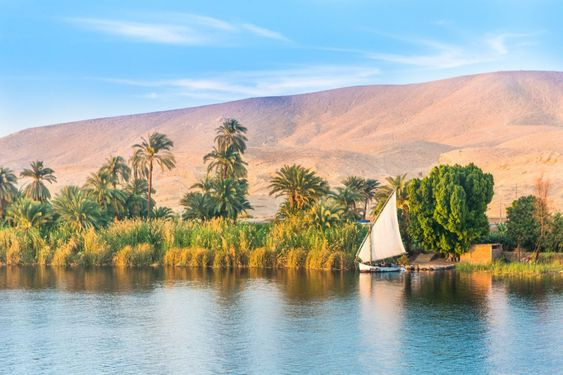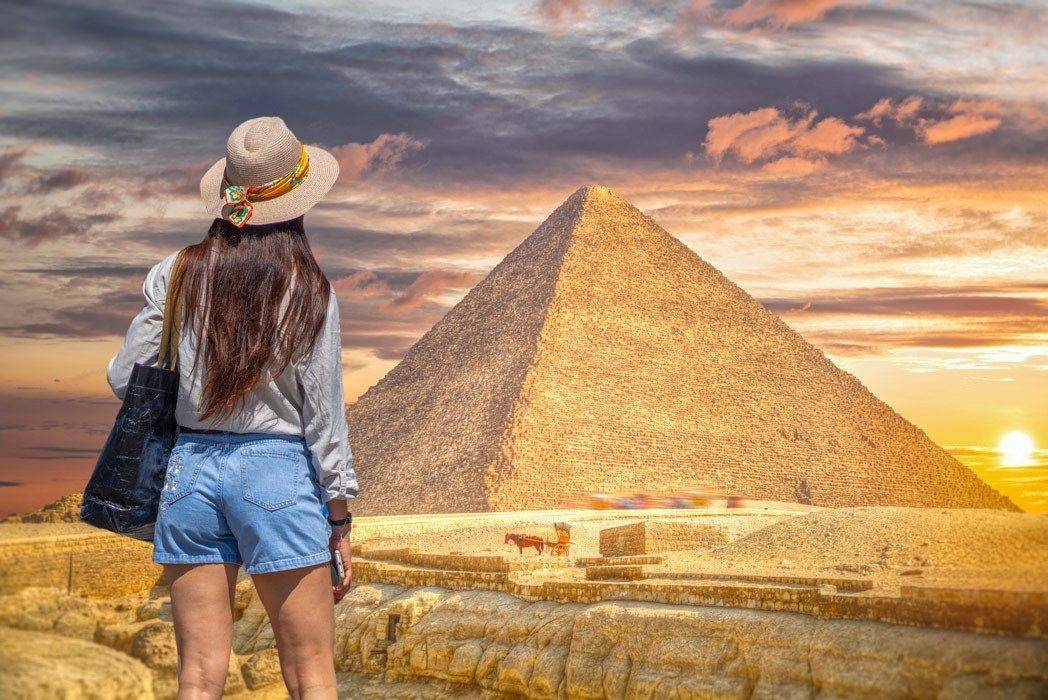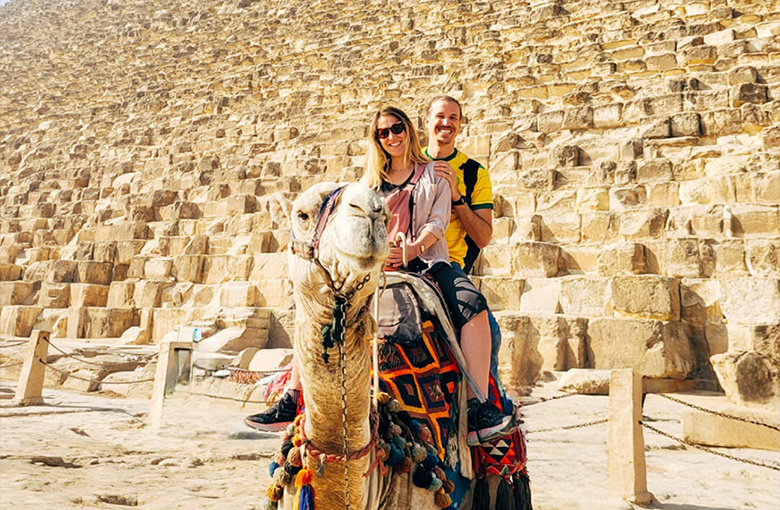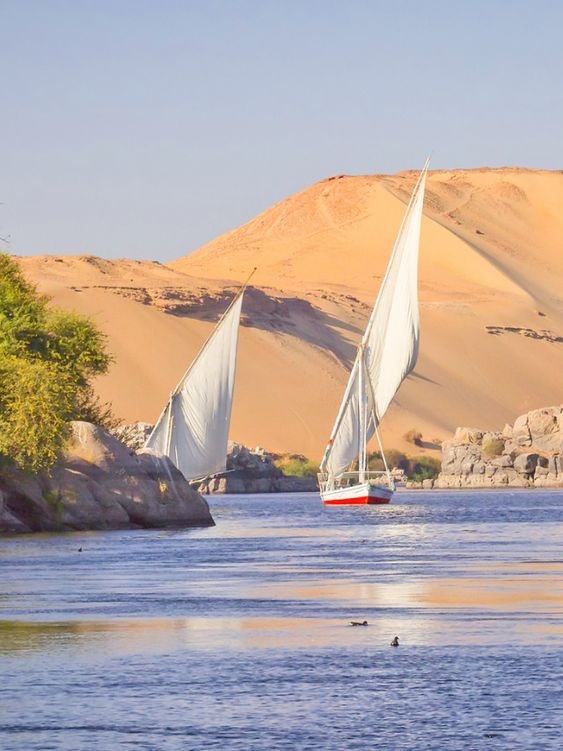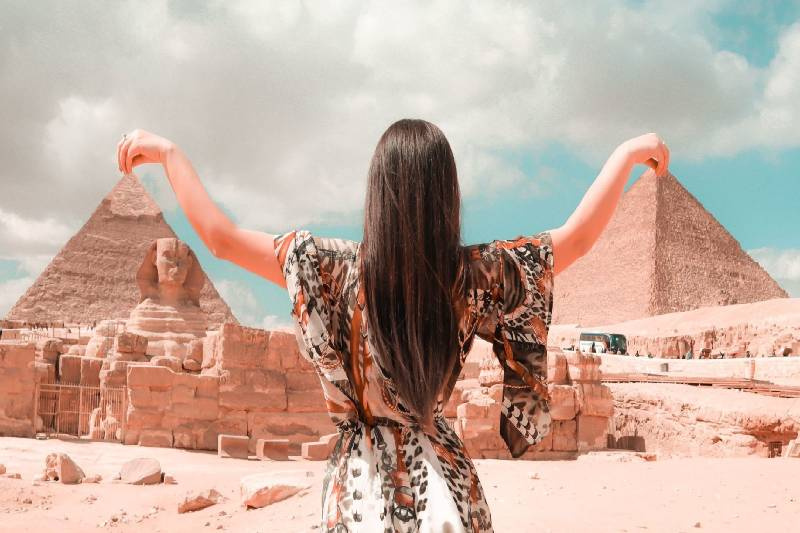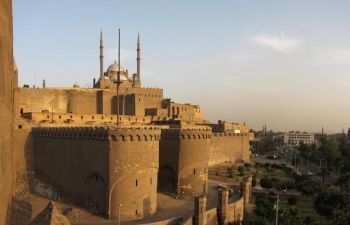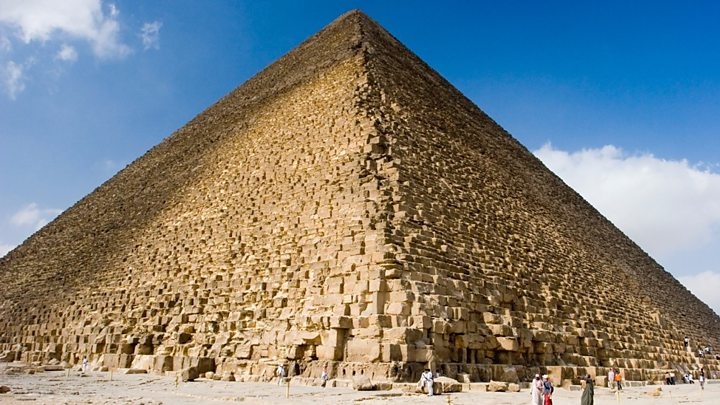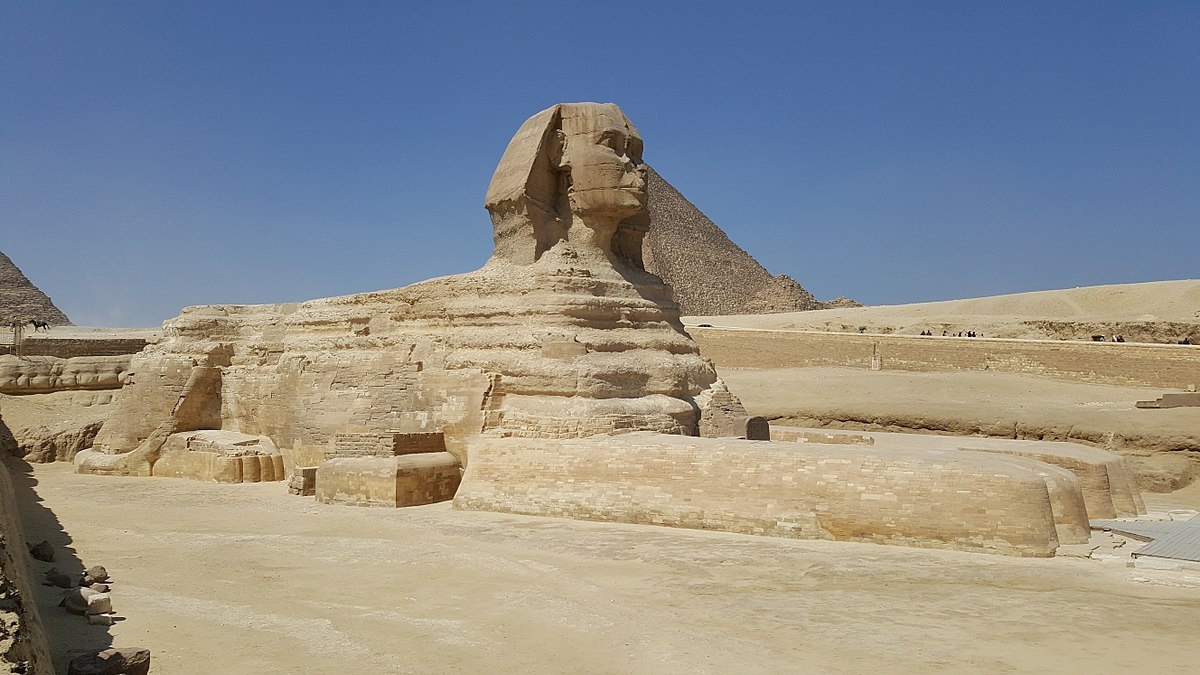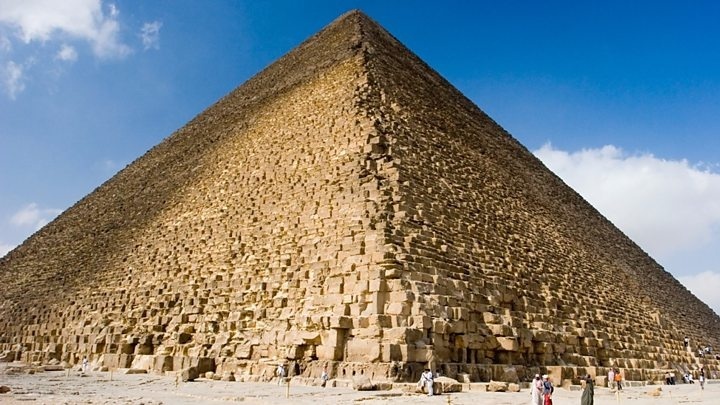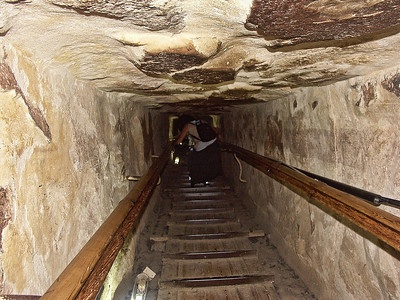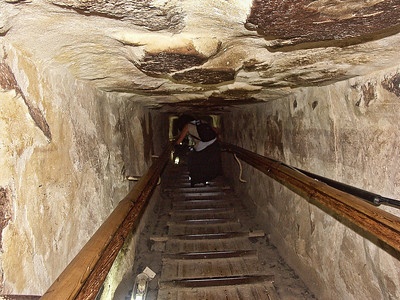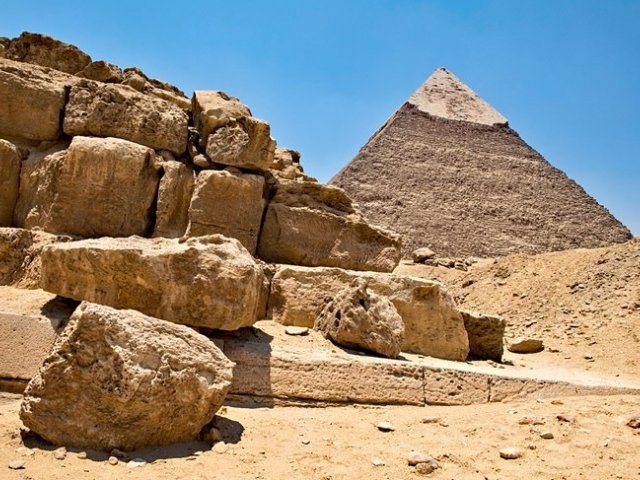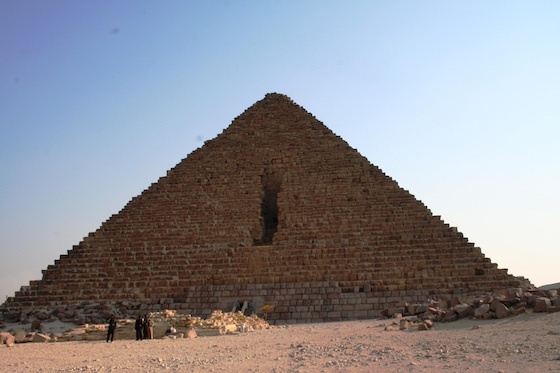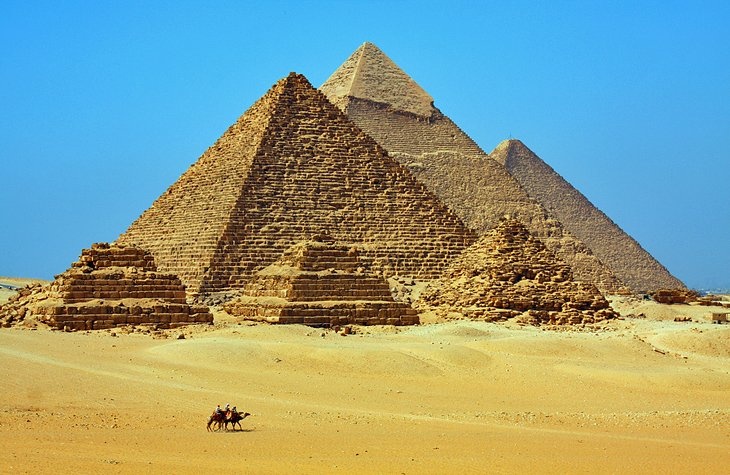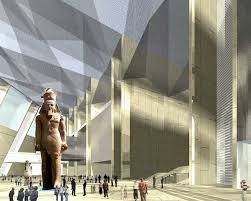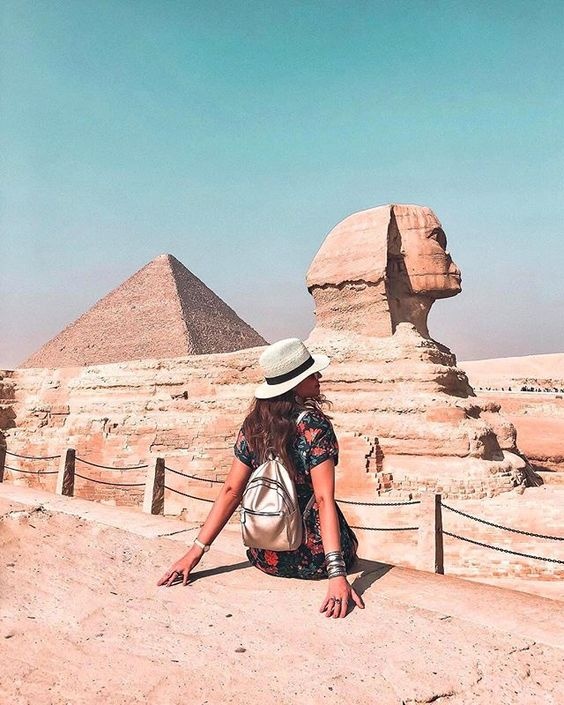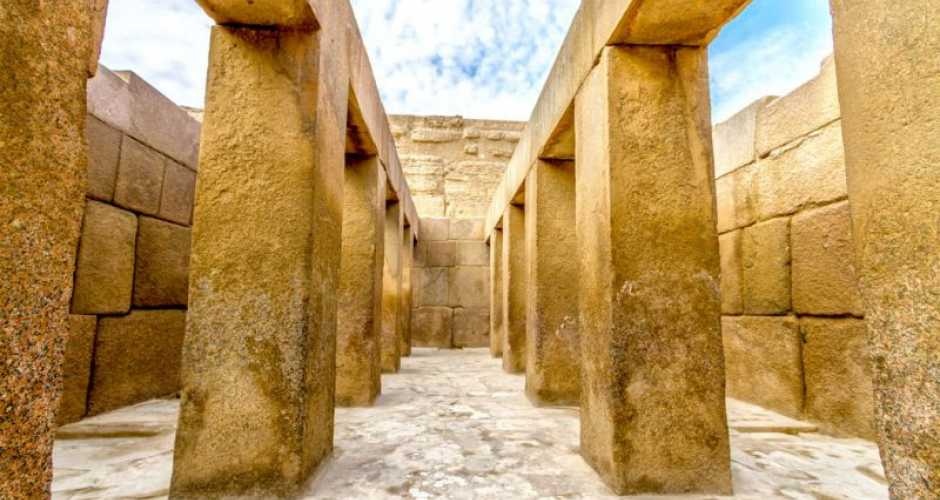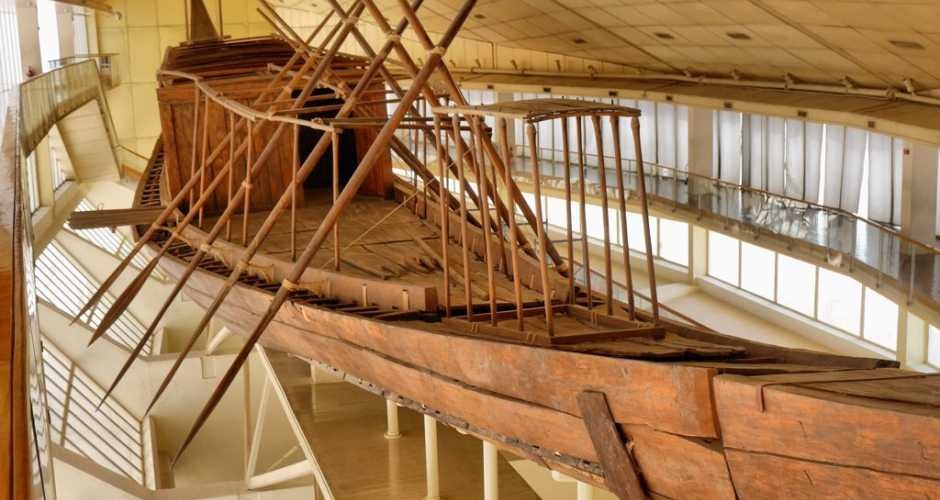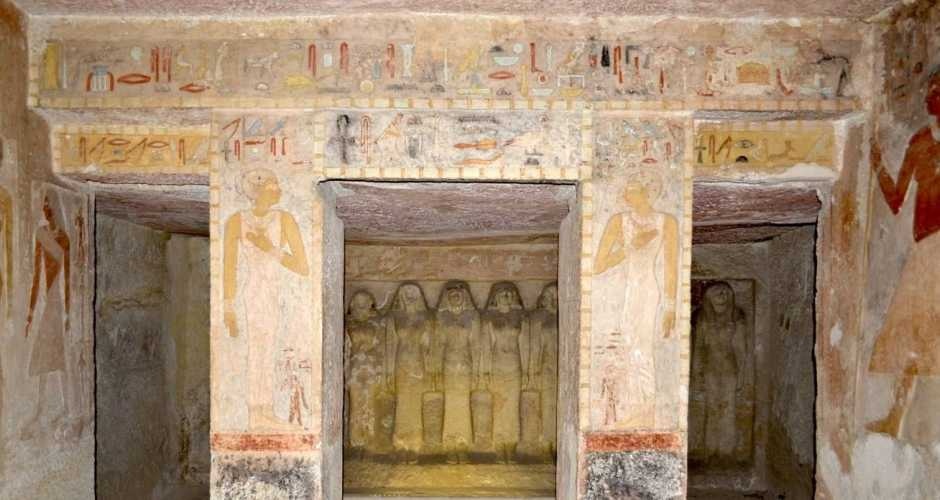Het Grand Egyptian Museum in Gizeh
Het Grand Egyptian Museum bewaart voor Egypte en de wereld een chronologische verklaring voor de oude geschiedenis van Egypte van de afgelopen 7000 jaar. Nabij een tijdloos wonder, de piramides van Gizeh.
Het Grand Egyptian Museum in Gizeh
The Grand Egyptian Museum holds in trust for Egypt and the World a chronological statement for the ancient history of Egypt over the past 7000 years. Neighbouring a timeless wonder, the Giza Pyramids, the new museum is to pay homage to eternal Ancient Egyptian monuments, treasures, and history hosting over 100,000 artefacts, about 3500 of which belong to the famous King Tutankhamen.
The design for the Grand Egyptian Museum was reached as a result of an international architectural competition initiated by the Ministry of Culture on January 7th, 2002. The competition was under the patronage of the UNESCO and supervised by the USA. The museum complex aims to furnish all its visitors with a uniquely enjoyable, educational, and cultural experience.
The Grand Egyptian Museum will allow Egypt to become a major worldwide hub for Pharaonic history and a must-visit place for Egyptologists. The museum aims at taking grasp of the diversity of Egypt's heritage of monuments and arts needed to be shown in one place in one location to maintain and preserve this huge legacy.
The site chosen for the GEM is only 2km from the legendary Pyramids. Nestled between the ancient Great Pyramids and the modern city of Cairo
, at the junction between dry desert and the fertile floodplain, the Grand Museum is a portal to the past. The Giza plateau Memphis and its Necropolis nominated by UNESCO among the World Cultural Heritage Sites contains irreplaceable monuments from across time. The museum complex will be built on a plot of land approximately 117 feddans, about 480,000 square meters.
With its unique position on the cusp between the past and the present, the Grand Egyptian Museum will lie at the repository for ancient artefacts that creates an interactive experience for the visitor; it will build a bridge between the past and the future.
Museum Location
The Grand Egyptian Museum is located only 2 kilometres from the Giza Pyramid plateau that is included in the UNESCO World Heritage Site list, which extends in a north-south direction for about 30 km from Abu Rawash to Dahshour, including the Abu Ghorab, Abu Sir and Saqqara archaeological area. North of the Pyramids plateau is the Hassana Dome, a singular geomorphologic feature designated as a Protected Area. The area allocated for the Grand Egyptian Museum is about 480,000 sq.m. It exists on a higher hill at the beginning of the Cairo -Alexandria Desert Road and is also accessed from the Fayoum Desert Road.
The exhibition will cover about one-third of the total museum grounds displaying 50,000 artefacts. The main attraction will be the first exhibition of the full tomb collection of King Tutankhamun. The collection includes about 5000 items in total and will be relocated from the Egyptian Museum in Cairo . Other objects will be relocated from storages and museums in Luxor , Minya, Sohag, Assiut, Beni Suef, Fayoum, the Delta, and Alexandria.
Museum Location
The Grand Egyptian Museum is located only 2 kilometres from the Giza Pyramid plateau that is included in the UNESCO World Heritage Site list, which extends in a north-south direction for about 30 km from Abu Rawash to Dahshour, including the Abu Ghorab, Abu Sir and Saqqara archaeological area. North of the Pyramids plateau is the Hassana Dome, a singular geomorphologic feature designated as a Protected Area. The area allocated for the Grand Egyptian Museum is about 480,000 sq.m. It exists on a higher hill at the beginning of the Cairo -Alexandria Desert Road and is also accessed from the Fayoum Desert Road.
Progress
On 5 January 2002, then-Egyptian President Hosni Mubarak laid the foundation stone of the Grand Egyptian Museum. On 25 August 2006, the Statue of Ramesses II was moved from Ramses Square in Cairo to the Giza Plateau, in anticipation of the construction of the museum. The Statue of Ramesses II estimated to be approximately 3,200 years old and was moved to the entrance of the museum in January 2018. In 2007, GEM secured a $300 million loan from the Japan Bank for International Cooperation. The Egyptian Government will fund $147 million while the remaining $150 million will be funded through donations and international organisations. In late August 2008, the design team submitted over 5,000 drawings to the Egyptian Ministry of Culture. Following this, the construction tender was announced in October 2008. Earthmoving has begun to excavate the site for the building. Tendering was due in September 2009, with an estimated completion date of 2013 On 11 January 2012, a joint venture between Egypt's Orascom Construction Industries (OCI) and the Belgian BESIX Group was awarded the contract for phase three of the Grand Egyptian Museum (GEM), a deal valued at $810 million. The Minister of Antiquities Mamdouh al-Damaty announced in May 2015 that the museum will be partially opened in May 2018 On 29 April 2018, a fire broke out near the entrance of the GEM but artefacts were not damaged and the cause of the fire was unknown. In May 2018, the last of King Tutankhamun's chariots were moved to GEM. In November 2018, the estimate for a full opening was pushed back to last quarter of 2020, according to Tarek Tawfik, GEM's director In April 2020, the planned opening of the museum was pushed to 2021 due to the Covid-19 pandemic. The GEM is available for private tours in advance of its official opening. Exhibits Tutankhamun's death maskThe exhibition will cover about one-third of the total museum grounds displaying 50,000 artefacts. The main attraction will be the first exhibition of the full tomb collection of King Tutankhamun. The collection includes about 5000 items in total and will be relocated from the Egyptian Museum in Cairo . Other objects will be relocated from storages and museums in Luxor , Minya, Sohag, Assiut, Beni Suef, Fayoum, the Delta, and Alexandria.
